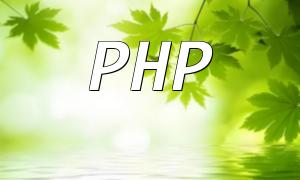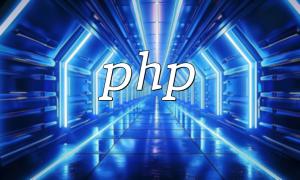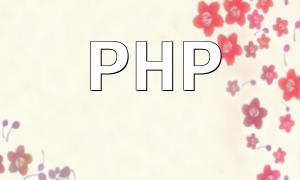As web development continues to evolve, the integration of JavaScript and PHP has become increasingly common. Many developers are exploring the question, 'Can JavaScript and PHP be used together?' This article will analyze the features of both programming languages and discuss how they can be effectively combined to enhance project development efficiency.
JavaScript is a widely used client-side scripting language primarily used for creating dynamic effects and enhancing user interactions on websites. With the emergence of Node.js, JavaScript has also expanded to the server-side, contributing to the trend of full-stack development.
PHP is a popular server-side programming language, especially suited for web development. Its powerful capabilities make tasks like database operations, session management, and dynamic page generation much easier.
Although JavaScript and PHP complement each other in functionality, there are some key differences between the two:
JavaScript typically runs in the browser and is aimed at enhancing user experience. In contrast, PHP runs on the server and handles requests, generating dynamic content for the user.
JavaScript uses prototype-based object-oriented programming, while PHP is a multi-paradigm language that supports both procedural and object-oriented programming.
Combining JavaScript and PHP offers several advantages:
By using JavaScript on the client side to implement real-time interactions, users can instantly see updates as they input or interact with the page, while PHP processes data on the back end, improving response times.
With Ajax, JavaScript can send asynchronous requests to PHP, which responds with the necessary data. This method makes web applications faster and more fluid.
Here’s a simple example demonstrating data interaction between JavaScript and PHP:
<span class="fun">if(isset($_POST['data'])) { echo json_encode(['response' => 'Received data: ' . $_POST['data']]); }</span>In JavaScript, you can use the Fetch API to send the request:
<span class="fun">fetch('your_php_file.php', { method: 'POST', body: JSON.stringify({ data: 'Hello, PHP!' }), headers: { 'Content-Type': 'application/json' }}).then(response => response.json()).then(data => console.log(data.response));</span>To efficiently integrate JavaScript and PHP, developers can follow these best practices:
Familiarity with the features of both JavaScript and PHP helps developers choose the right tool for solving specific problems.
Utilizing popular JavaScript frameworks (such as React or Vue) alongside PHP frameworks (like Laravel or Symfony) can speed up development and reduce repetitive tasks.
When exchanging data, ensure proper validation and sanitization of user inputs to prevent security vulnerabilities.
In conclusion, the integration of JavaScript and PHP is not only feasible but also significantly enhances web application performance and user experience. By strategically combining the strengths of both languages, developers can create more efficient and responsive web applications. So, the answer to the question 'Can JavaScript and PHP be used together?' is a resounding yes. Whether for small projects or large-scale systems, this technology combination shows immense potential.









